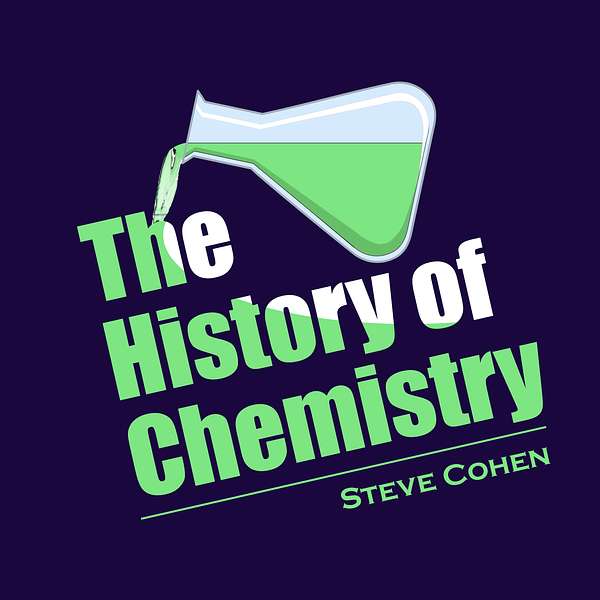
The History of Chemistry
Chemistry is everywhere, and involves everything. But how did chemistry get to be what it is? I'm Steve Cohen, a chemist and writer, bringing you The History of Chemistry. This podcast explores the development of chemistry from prehistoric times to the present, including the people and societies who made chemistry what it is today. The History of Chemistry is for you, whether you hated chemistry in high school, or got a PhD in inorganic chemistry. We'll explore how chemistry affected art, music, language, politics and vice-versa. Whether it's ancient Greek philosophers, medieval alchemists, or modern laboratory apparatus, it's all here. Don't forget to support my series at https://www.patreon.com/thehistoryofchemistry !
The History of Chemistry
93: Resistance is Futile
•
Steve Cohen
•
Episode 93
We hear of events from the early 19th century onward that led to the discovery of high-temperature superconductivity in the 1980s. Surprisingly, it all started with Humphry Davy and his assistant, Michael Faraday, and continued with a competition between Kamerlingh Onnes and James Dewar over who could liquefy hydrogen first. After that, Onnes turned to the idea of finding evidence for condensation of newly discovered electron fluids. The competition in the 1980s for high-temperature superconductivity was a race between Paul Chu in Houston, IBM Zürich, and Bell Labs.
- Support my podcast at https://www.patreon.com/thehistoryofchemistry
- Tell me how your life relates to chemistry! E-mail me at steve@historyofchem.com
- Get my book, O Mg! How Chemistry Came to Be, from World Scientific Publishing, https://www.worldscientific.com/worldscibooks/10.1142/12670#t=aboutBook